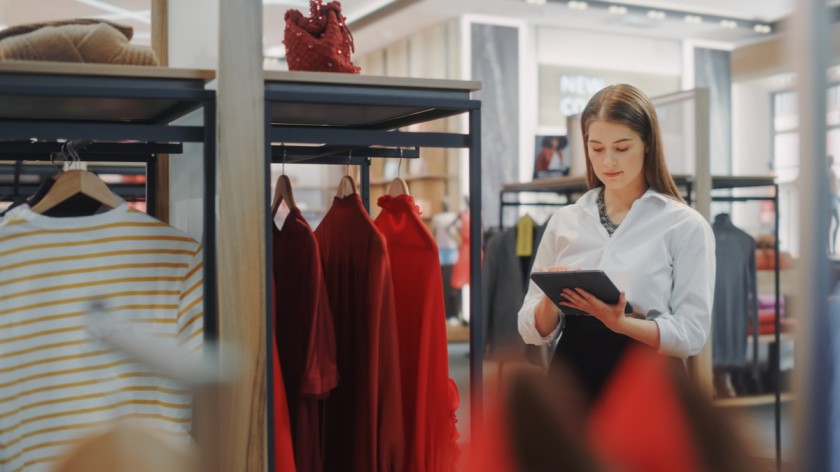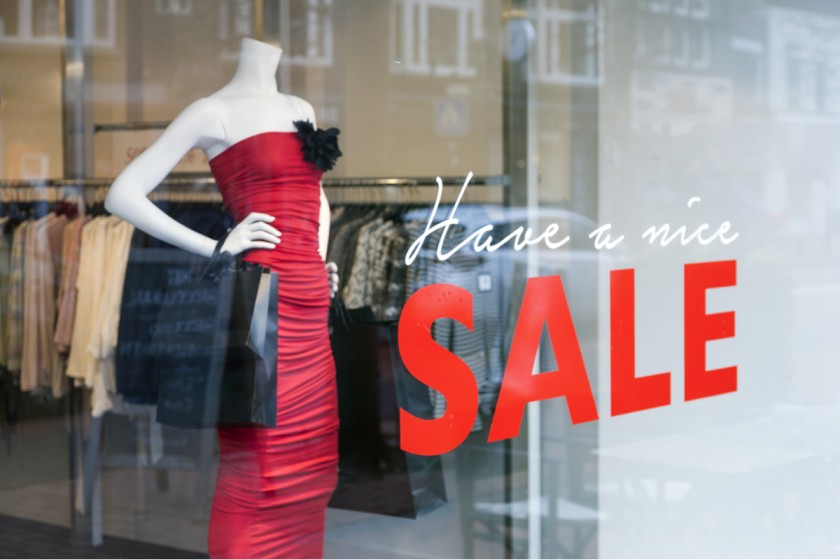5 Tips to Upgrade Your Apparel Merchandising Strategy



Marketing methodologies and strategies should be an innate part of any retailer's business plan. Their procedures must differ by class and be modified for a specific target customer base to remain relevant in the market. For instance, one can hopefully build traffic towards a particular style or create a buzz by encouraging clients to attempt another brand or product offering that their company has recently introduced.
Here are 5 more ways to improve apparel design merchandising strategy.
1. Zero in on high-value items
Companies can use store presentations to upsell and pitch strategically. For example, stores can showcase more expensive suits, shirts, and shoes next to more reasonable ones. Similarly, they can push items that sell well yet may not specifically be on a customer’s list.
2. Advance offers, features, and benefits with signs
Attractive in-store signs can:
- Advance deals
- Feature item elements and advantages
- Teach customers about a specific item or brand
- Exhibit the clothes’ and brand’s character
Of course, these signs must be prominent, intelligible, and address the brand image.
2. Know the market

To foster the best design merchandising strategy, a brand needs to know its customers. It must break down information and draft shopper profiles to zero in on deals.
It must set aside a budget, time, workforce, and effort to gain insight into the socio-economics related to the clothing market. Conducting surveys can identify the qualities, tastes, and livelihoods of a company’s objective customers and devise ways to include them in marketing. The market is the way to open the vision of a store or brand. The type of buyer should always inform decisions revolving around target marketing and design merchandising campaigns.
Fashion brands can understand their buyers’ inclinations by observing patterns and styles from the top design houses. Following top fashion bloggers, creators, designers, and models can give a superior insight into what’s in and what’s not. Being on top of the style business can give brands an edge by carrying out shows with desired items hot off the runway. Being in front of the design bend will keep them above contenders.
4. Tell a story
Behind every organization is a story to tell. Innovative showcases can convey its image and culture, making customers pause and gaze.
Uber-style retailers like Saks Fifth Avenue and Harrods are known for their ridiculous displays. More like show-stoppers than life-sized mannequins wearing garments, the presentations are designed to stun and bring out a feeling of awe.
Observe how top-of-the-line retailers exploit a specific subject and uplift it. Each show turns into a preview of a particular story the retailer needs to tell. When arranging their marketing strategy, brands must settle on what they need to pass on at that point and figure out an execution strategy. Surfaces, textures, shadings, and props are integral for setting the stage.
5. Harness the power of color

Colors convey certain meanings to people. They influence what shoppers feel and, therefore, their purchasing tendencies too.
Brands must closely decide the primary tones in their presentation by exploring the impact of color in their stores. Rich tones will generally be more attractive and should be used in shows to catch the clients’ attention. The featured color must pass on the general mood they are trying to incorporate. For example, greens and blues are ideal if clients need to be relaxed and calm in the store. On the other hand, radiant reds and oranges create more buzz and enthusiasm.
Brands must know the crowd and their way of life when building visual merchandising to create an advanced buyer experience. Surveying the age group, they cater to, for example, can decide whether they should go for bolder or subtler tones. Tone and culture setting is another excellent method for determining coloring plans for clients.
Colors are a simple device to make affiliations. Regardless of whether it is the image or attire, shading can contextualize the style and persona of the clothing. Brands must pick prominent yet pleasant colors that customers will associate with them and their stores. These coloring plans must be constantly rehashed and repeated and be coordinated with any patterns used in their signs, merchandise, etc.
Fashinza connects you with manufacturers within the industry. We manage every stage from design to delivery. Start with a minimum order quantity of 50 pieces per design, experiment with multiple categories, and produce three times faster. Maximize your profit with the best prices in the industry. Talk to us!



















